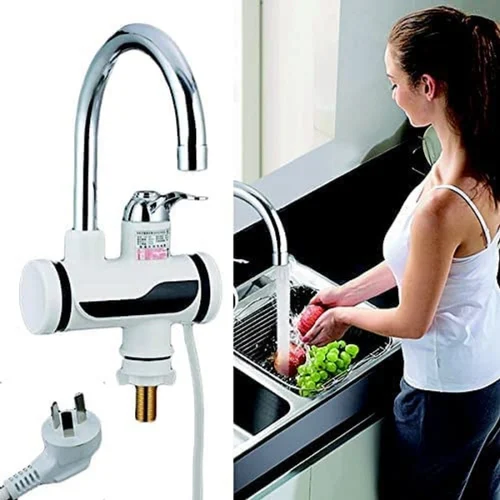Hot and Cold Water Plants: A Sustainable Solution for Water Management
Water is a precious resource that plays a vital role in our daily lives. From drinking and cooking to cleaning and sanitation, we rely on water for various purposes. However, with growing population and increasing demands, water scarcity has become a pressing issue in many parts of the world. To address this challenge, innovative solutions are needed to ensure sustainable water management. One such solution is the implementation of hot and cold water plants. Hot and cold water plants are innovative systems that efficiently manage water resources in buildings and communities. These plants are designed to collect, treat, and distribute water in a sustainable manner, catering to both hot and cold water needs. By integrating various technologies and practices, they minimize water wastage and energy consumption, making them an environmentally friendly solution.

One of the key features of hot and cold water plants is the utilization of greywater. Greywater refers to wastewater generated from sources such as sinks, showers, and washing machines. Instead of being discarded, this water is collected, treated, and reused for non-potable purposes such as toilet flushing and irrigation. By incorporating greywater recycling systems, hot and cold water plants significantly reduce the strain on freshwater resources and alleviate the burden on sewage systems. Another aspect of these plants is the integration of energy-efficient technologies. Heat recovery systems are employed to capture the waste heat from various processes and reuse it to warm the cold water supply. This reduces the energy required for water heating, resulting in substantial energy savings. Additionally, advanced insulation and piping systems are utilized to minimize heat loss during distribution, further enhancing the overall energy efficiency of the system. Furthermore, hot and cold water plants often incorporate rainwater harvesting systems. Rainwater, which is collected from rooftops and other surfaces, is treated and stored for later use. This practice not only reduces the demand for freshwater but also helps prevent storm water runoff, which can lead to water pollution and flooding. By maximizing the utilization of rainwater, these plants promote sustainable water management and contribute to the conservation of natural resources.
The implementation of hot and cold water plants also encourages behavioral changes towards water conservation. Real-time monitoring and feedback systems are installed to provide users with information about their water usage. This awareness helps individuals and communities to adopt water-saving practices, such as shorter showers and efficient appliance use. By promoting responsible water consumption, hot and cold water plants foster a culture of sustainability and environmental stewardship. By integrating greywater recycling, energy-efficient technologies, rainwater harvesting, and behavioral changes, these may nuoc nong lanh tot nhat plants minimize water wastage, conserve energy, and protect freshwater resources. Their implementation in buildings and communities can make a significant contribution to achieving water sustainability and resilience in the face of growing water scarcity. As we strive for a more sustainable future, embracing innovative solutions like hot and cold water plants is crucial to ensure the efficient use and conservation of this precious resource.